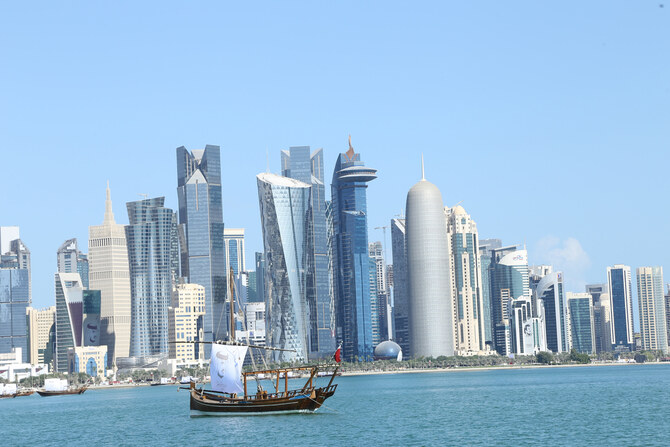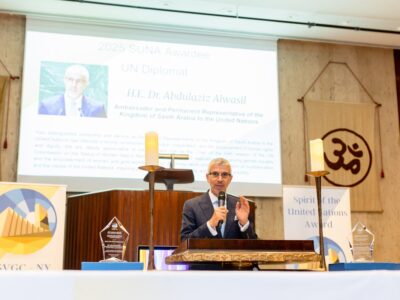The breathtaking archaeological scenes of some of the most significant and remarkable environmental engineering structures can be seen in the Maysan governorate, which is situated in the Sarawat mountain range in western Saudi Arabia. These comprise about 1,200 beehives, which provided a significant portion of the area’s daily food for the area’s first residents.
The production and sale of Saudi honey, which is integral to the Kingdom’s trade and culture, now primarily come from the apiaries near Maysan. These old historical landmarks demonstrate the community’s long-standing interest in Maysan honey.
The history buff Abdul Wahab Al-Khudaidi attested to the fact that the Al-Kharafi apiaries are thought to be over a millennium old and are located between the Sarawat and Tihamah mountains.
These apiaries have amazing design standards for producing honey, along with exquisite engineering. The buildings have up to four stories and are covered in elaborate geometric designs made of stones.
It takes a skilled person to navigate the site’s specified path because it is not easily accessible. The flooring is made of big, closely spaced stones in well-balanced designs, and the honeycombs are strengthened with substantial stones and columns to support them.
Al-Khudaidi reported that the old beehives in Makkah province’s Maysan and Bani Al-Harith villages are beautifully constructed, with several levels and storeys tucked amid sturdy, steep mountains.
Also Read:
Beijing Book Fair Sees Saudi Arabia Shine



































